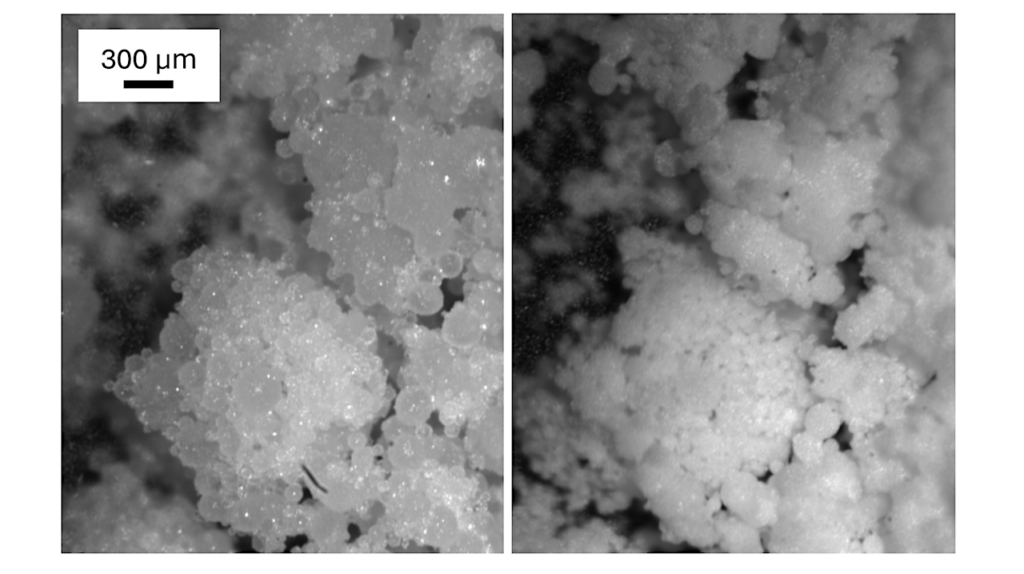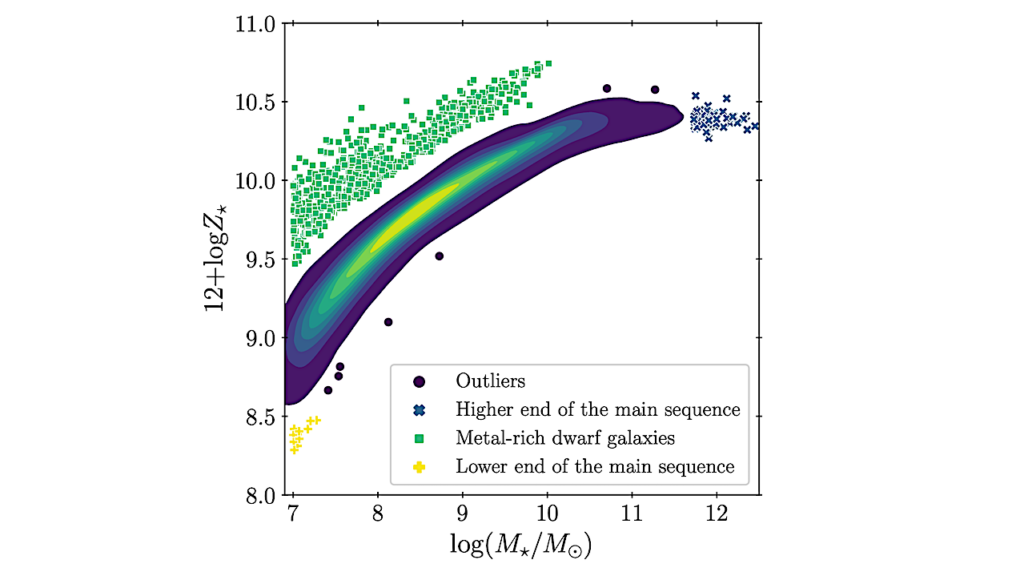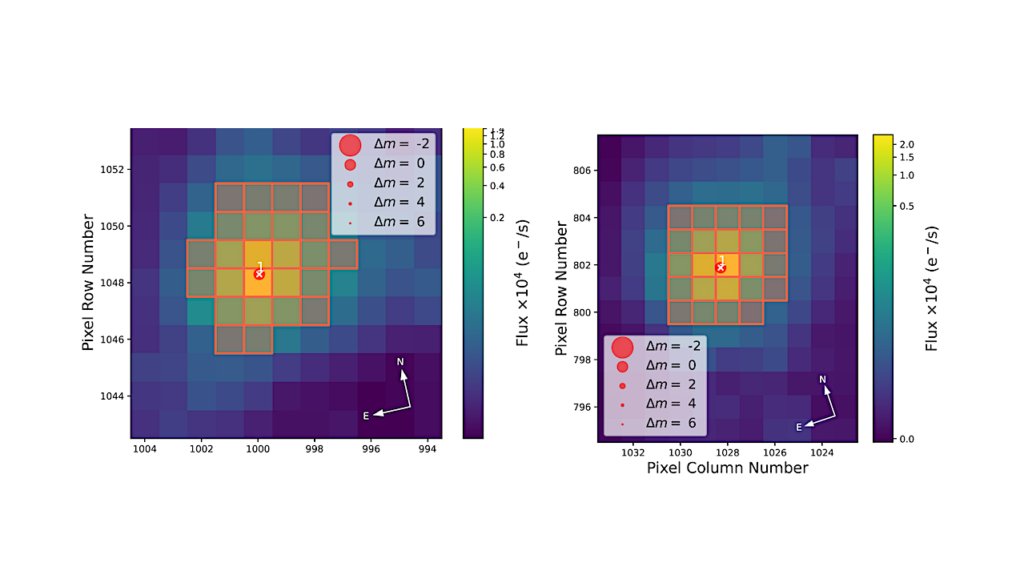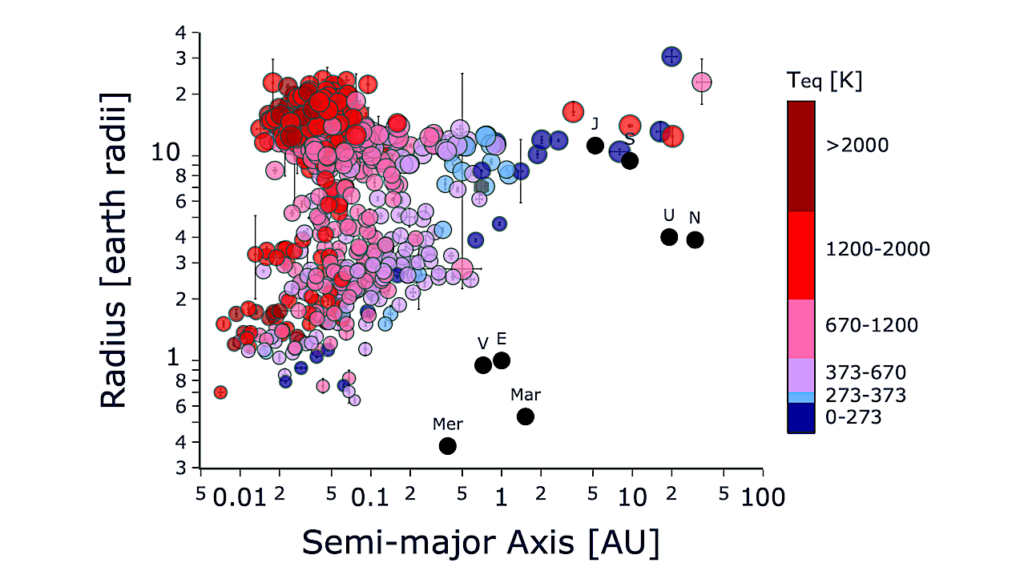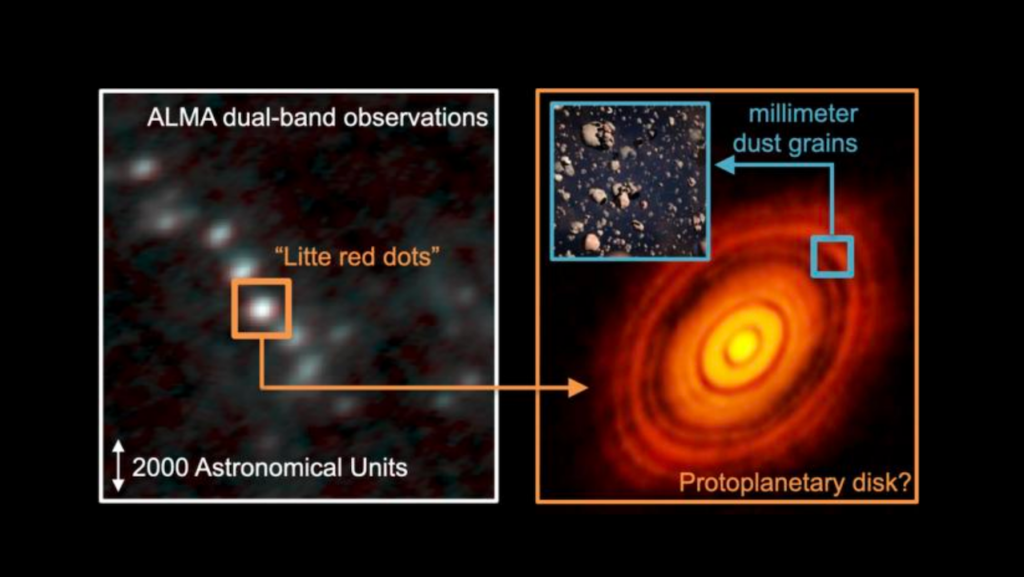Detection Of Indigenous Organic Matter In Rocks From The Interpretation Of Carbon Molecular Forms In The Laser-induced Plasma
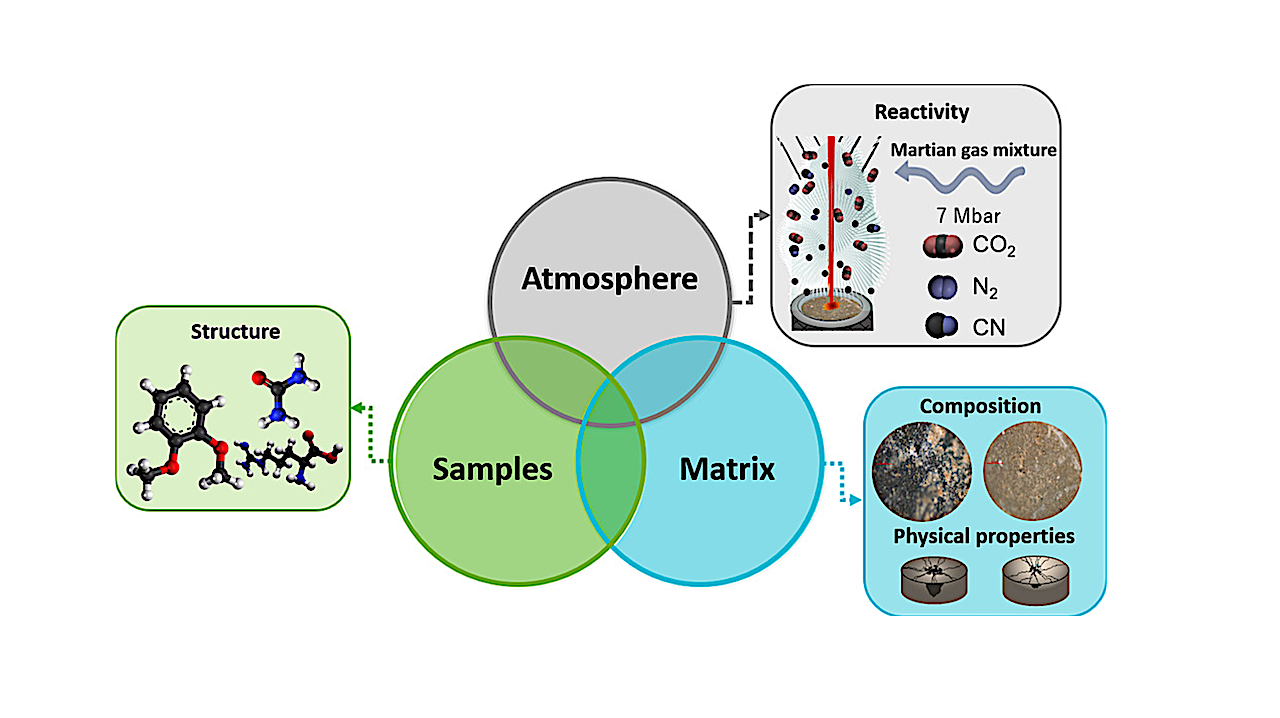
Detection of indigenous organic matter (IOM) in rocks using molecular-laser-induced breakdown spectroscopy (LIBS) is reported. IOM refers to carbon-based compounds of variable complexity intimately associated with mineral and amorphous phases both in condensed phases and in a dispersed state spatially associated to mineral aggregates.
The presence of IOM may provide valuable information in astrobiology about the possibility of past or present life on planetary bodies. Kerogen, charcoal, bitumen, and graphite are only some examples of IOM that may appear in rocks. This paper reports the detection of kerogen in oil shale (a sedimentary rock also containing dolomite, calcite, pyrite, quartz, and albite) from the LIBS study of CN and C2 emissions under simulated Martian conditions.
A set of oil shale samples with variable concentrations of total organic carbon (TOC) ranging from 2.78% to 12.74% were analyzed. A careful LIBS analysis of molecular species associated within hydrocarbons confirmed the presence of organic matter derived from kerogen. A linear correlation between the CN and C2 emissions and the %TOC was observed. Using a simulated Martian atmosphere as surrounding gas, the limit of detection for organic matter was calculated in 0.42% TOC.
Additionally, the potential interferences in geological samples for LIBS detection of molecular species were also evaluated. Results demonstrate that common elements in rocks such as Ca, Fe, K, Mg, Na and Si do not interfere with the detection of organics. In contrast, Ti at concentrations above 0.4% may induce false positive results using the CN emission at 388.34 nm.
To overcome this inconvenience, the CN emission at 387.14 nm may be used which, although less sensitive, is free from titanium interference.
IMAGE
Schematic detail of the LIBS setup.
Spectrochimica Acta Part B: Atomic Spectroscopy ( IF 3.3 ) Pub Date: 2024-01-19 , DOI:10.1016/j.sab.2024.106861
Laura García-Gómez, Tomás Delgado, Francisco J. Fortes, Luisa M. Cabalín, Javier Laserna
Detection of indigenous organic matter in rocks from the interpretation of carbon molecular forms in the laser-induced plasma
Detection of indigenous organic matter in rocks from the interpretation of carbon molecular forms in the laser-induced plasma, Spectrochimica Acta Part B: Atomic Spectroscopy
Volume 213, March 2024, 106861 (open access)
Astrobiology


